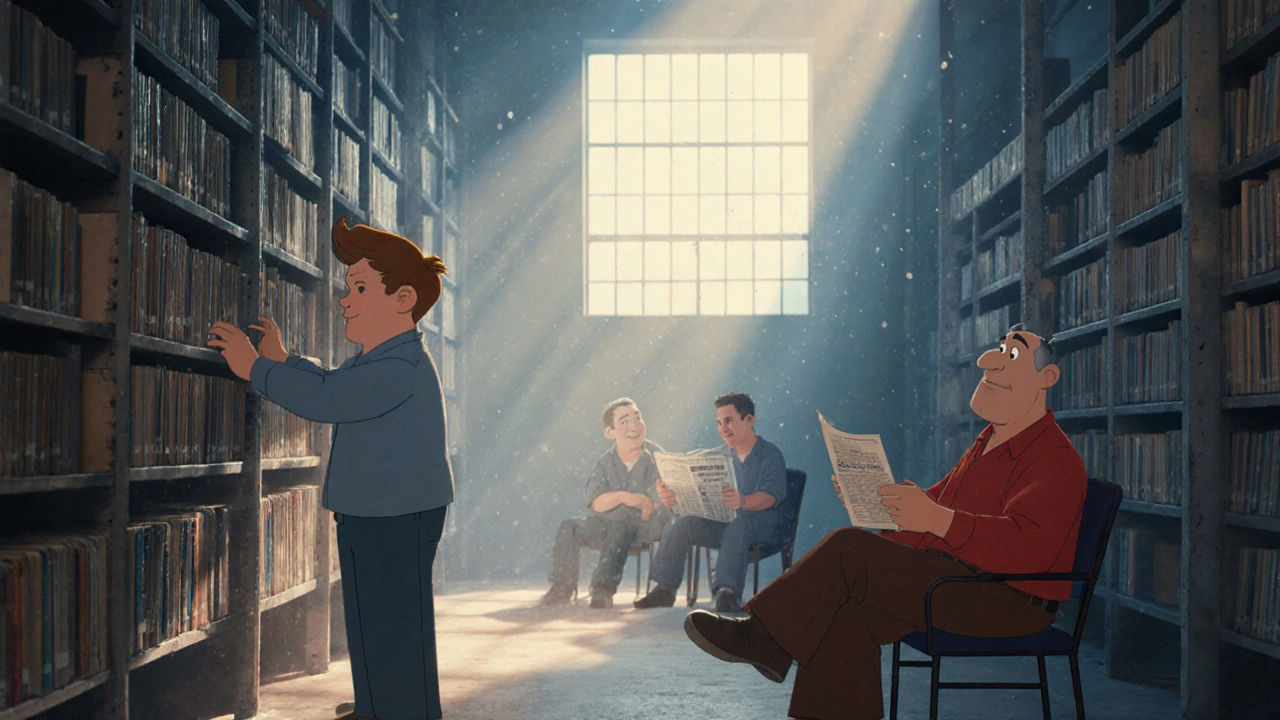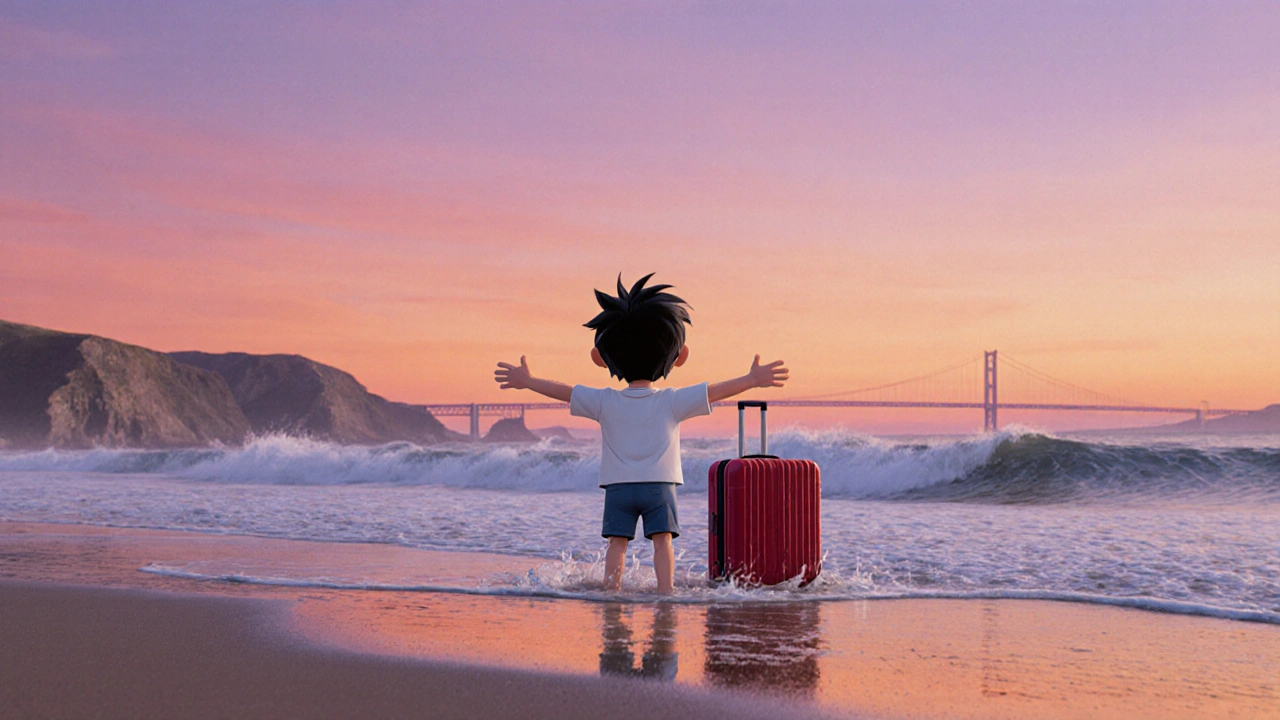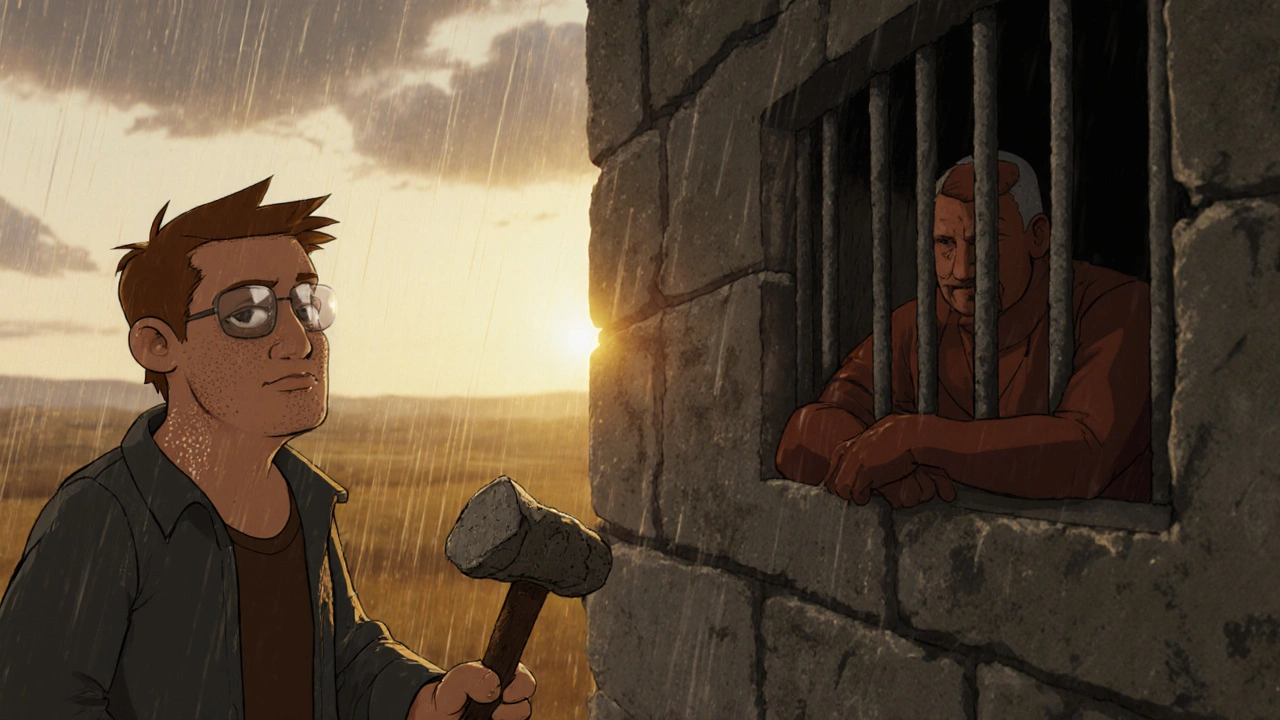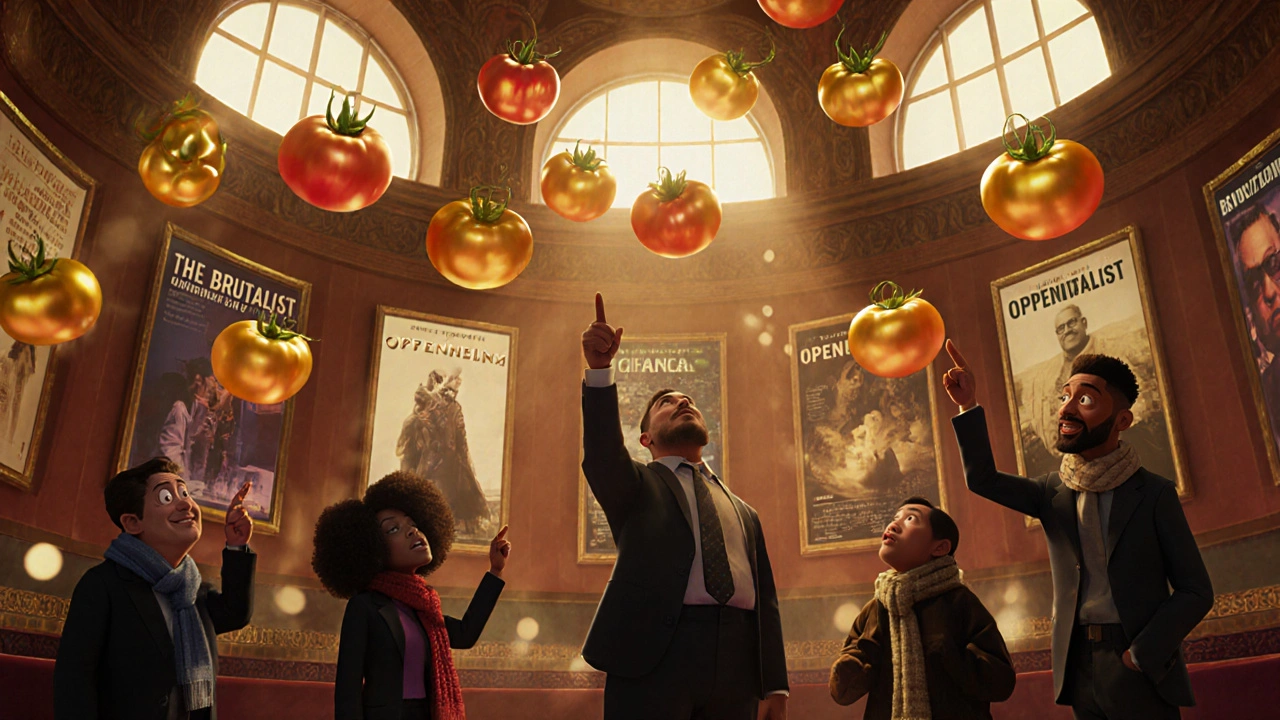Why does The Shawshank Redemption still sit at number one on IMDb’s Top 250 after more than 25 years? It’s not because of box office numbers. It didn’t win Oscars. It wasn’t even a hit when it came out. Yet here it is-topping a list of over 1.5 million movies, voted on by more than 12 million people. What’s really going on here?
How IMDb’s Top 250 Actually Works
IMDb’s Top 250 isn’t just a popularity contest. It’s a weighted formula. The site doesn’t take the average rating and call it a day. Instead, it uses a Bayesian estimate-a method that balances the number of votes with the average rating to avoid giving top spots to movies with only a handful of perfect scores.
The formula looks like this: Weighted Rating (WR) = (v ÷ (v + m)) × R + (m ÷ (v + m)) × C
- v = number of votes for the movie
- m = minimum votes required to be listed (currently 25,000)
- R = average rating for the movie
- C = mean vote across the whole database (around 7.0)
So a movie needs both a high average rating and a massive number of votes to crack the list. That’s why tiny indie films with a 9.5 rating from 500 people don’t make it. And why a movie like The Shawshank Redemption-with a 9.3 rating and over 2.8 million votes-can’t be dethroned.
Why The Shawshank Redemption Keeps Winning
It’s not just the story. It’s the way the story feels. Tim Robbins plays Andy Dufresne, a quiet banker wrongfully convicted of murder. Morgan Freeman is Red, the prison lifer who learns to hope again through Andy’s quiet persistence. The film doesn’t shout. It doesn’t need explosions or fast cuts. It builds slowly-like a friendship, like time in prison.
People don’t watch it for the plot twist. They watch it because they see themselves in it. The feeling of being stuck. The fear of losing your mind. The quiet rebellion of holding onto dignity when the world tries to crush it. That’s why it resonates across cultures, languages, and generations.
It’s also one of the few films that gets better with age. First-time viewers often say, “I didn’t think I’d like this.” Then they rewatch it five years later-and it hits harder. It’s not about escape. It’s about endurance.
What Other Movies Are on the List-and Why They’re There
Look at the rest of the Top 250 and you’ll see patterns. The Godfather (2nd) is a masterclass in power, loyalty, and decay. Pulp Fiction (3rd) rewrote the rules of storytelling. The Dark Knight (4th) turned a superhero movie into a moral thriller. 12 Angry Men (5th) proves you don’t need a budget to make something unforgettable.
Each of these films has something in common: they’re not just good-they’re *rewatchable*. They reward attention. They change when you change. You don’t just watch them-you live inside them.
Compare that to blockbusters that dominate opening weekends but vanish by month two. Avengers: Endgame has over 1.7 million votes, but its rating is 8.4. It’s popular, sure. But it doesn’t linger. It doesn’t haunt you the way Andy’s escape does.

Why Ratings Systems Like IMDb Matter
IMDb’s list isn’t just a ranking. It’s a mirror. It shows what people *really* value when no one’s watching. No studio marketing. No algorithm pushing it. No trending hashtag. Just ordinary people, over decades, choosing what moves them.
Think about that. In a world full of curated feeds, sponsored content, and paid influencers, IMDb is one of the last places where taste is organic. It’s messy. It’s slow. It’s full of outliers. And that’s why it’s trusted.
Compare it to Rotten Tomatoes, which averages critic scores. Or Metacritic, which weights reviews by publication. Those systems are useful-but they’re filtered through gatekeepers. IMDb? It’s democracy in action. Every vote counts the same. No journalist gets more weight than a 17-year-old in Manila or a retired teacher in rural Ohio.
What the Top 250 Tells Us About Film Culture
The list is dominated by American and British films-but not exclusively. Seven Samurai (1954) is at #11. Cinema Paradiso (1988) is at #25. Parasite (2019) cracked the top 10. These aren’t flukes. They’re proof that great storytelling transcends borders.
Also notice the age gap. The top 20 includes films from the 1950s to the 2010s. There’s no “newness bias.” A 1972 film can still beat a 2023 release. That’s rare in today’s media landscape, where everything is treated as disposable.
And here’s something surprising: only 11 films on the list have a rating above 9.0. That’s less than 5%. Most of the top 100 hover between 8.5 and 8.9. The real magic isn’t perfection-it’s consistency. It’s a movie that holds up, year after year, across millions of different viewers.

Can Anything Dethrone The Shawshank Redemption?
Maybe. But it won’t be easy. To beat it, a film would need:
- A rating of at least 9.2 (or close to it)
- Over 3 million votes
- Long-term staying power-not just a viral moment
Right now, no film comes close. The Dark Knight peaked at 9.0 and has been slowly declining. Inception sits at 8.8 with 2.1 million votes. Interstellar is at 8.6 with 1.9 million. None of them have the emotional grip that Shawshank has.
And here’s the quiet truth: most people who rate it don’t just give it a 10 because they liked it. They give it a 10 because it changed how they saw life. One user wrote: “I watched this the week after my dad died. It didn’t fix anything. But it made me feel like I wasn’t alone.” That’s not a rating. That’s a legacy.
What This Means for Movie Lovers
If you’ve never watched The Shawshank Redemption, don’t wait for “the right time.” It’s not a movie you watch for entertainment. It’s one you carry with you. Watch it when you’re feeling lost. Watch it when you’re tired. Watch it when you need to remember that hope isn’t naive-it’s necessary.
And if you’ve seen it a dozen times? You already know why it’s still #1. You don’t need a chart to tell you. You feel it.
Is IMDb’s Top 250 biased toward older movies?
Yes, but not because it favors old films-it favors lasting impact. Newer movies need time to gather enough votes and prove they’re rewatchable. Parasite (2019) and Everything Everywhere All at Once (2022) both broke into the top 10 within a few years. The system rewards endurance, not age.
Why doesn’t Netflix or Disney+ have a similar list?
Because their rankings are based on how many people *started* watching, not how much they *valued* the film. Netflix’s top 10 is a snapshot of what’s trending right now. IMDb’s Top 250 is a monument to what people still care about years later.
Can a TV show make it to the IMDb Top 250?
No. The list only includes feature-length films. But TV shows have their own ranking: IMDb’s Top 250 TV Shows. Breaking Bad is #1 there, with a 9.5 rating and over 2 million votes. The same principles apply-longevity, depth, and emotional weight.
Do critics influence the IMDb Top 250?
Not directly. Critics’ reviews are separate from the public rating system. A movie can be panned by critics and still top the list if audiences connect with it. The Shawshank Redemption was critically well-received but didn’t explode until years later-through word of mouth and home video.
Why do so many people give The Shawshank Redemption a perfect 10?
Because it’s not just a movie to them-it’s a milestone. People often rate it 10 after going through hardship, loss, or a major life change. It becomes a touchstone. The film doesn’t promise a happy ending. It promises that hope is worth holding onto, even when everything else is broken.
What to Watch Next
If you’re drawn to The Shawshank Redemption, try these next:
- 12 Angry Men - A quiet battle of wills, just like Andy’s.
- The Green Mile - Same director, same themes of injustice and humanity.
- Life Is Beautiful - Hope in the darkest place.
- Amélie - Small acts of kindness that change everything.
- Manchester by the Sea - Quiet pain, slow healing.
These aren’t just recommendations. They’re companions. Like Shawshank, they don’t ask you to cheer. They ask you to sit with them. And that’s why they stay with you.


